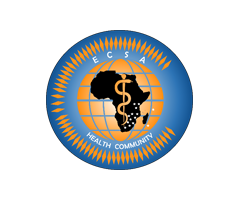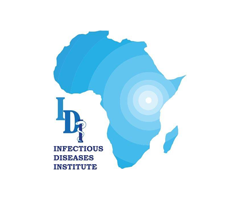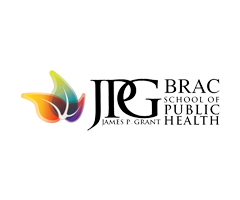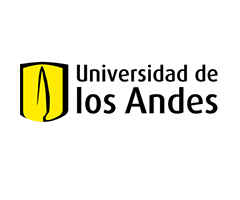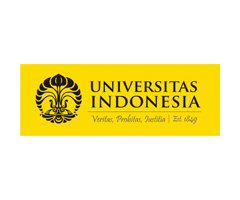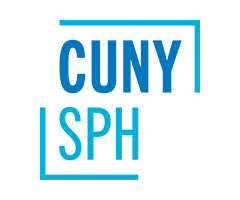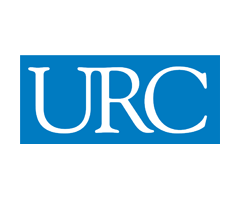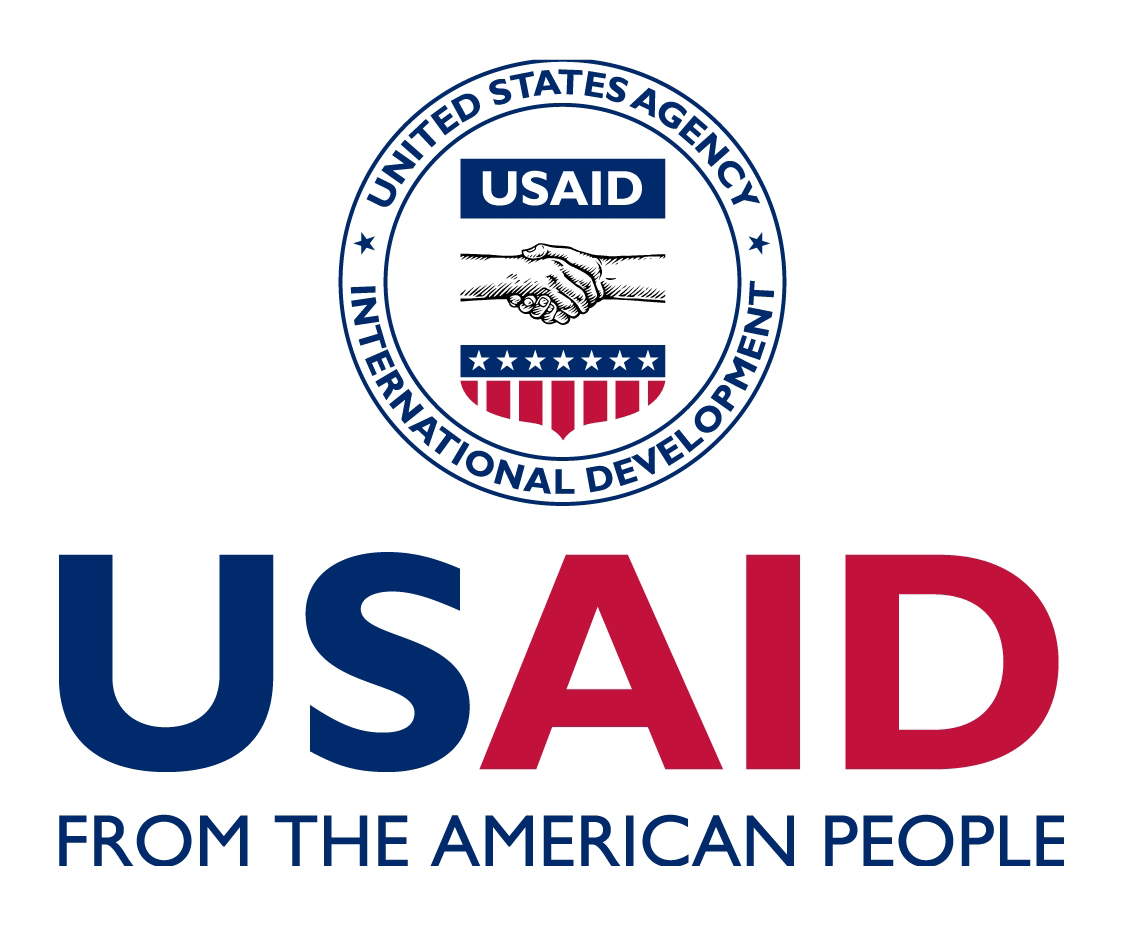SAR4P & WHO Program Reporting Standards
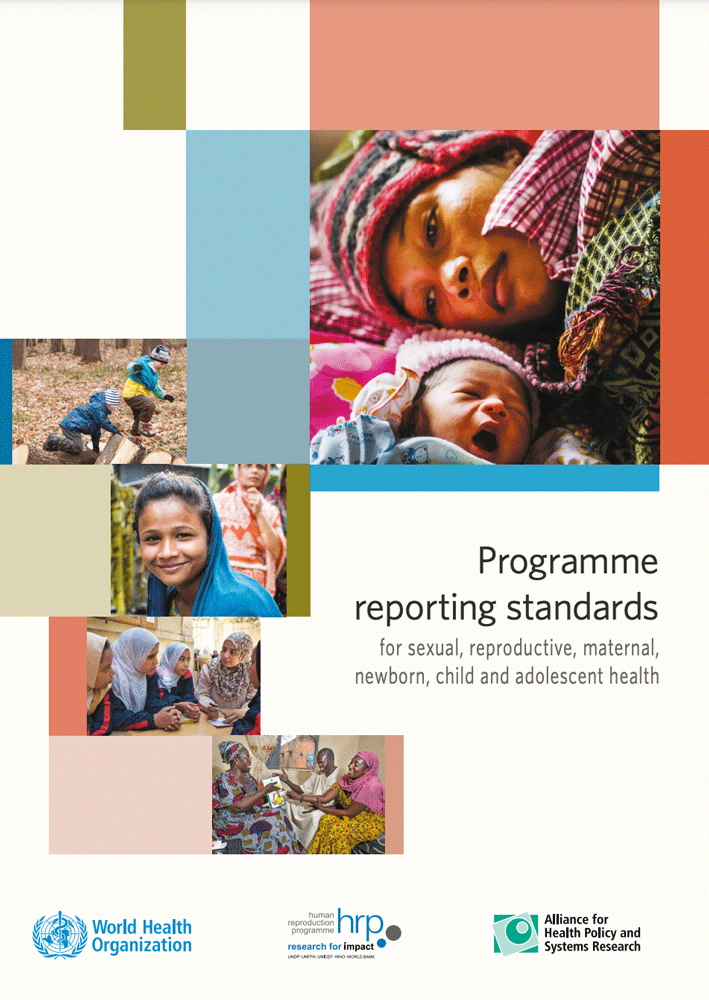
In 2017, the World Health Organization (WHO) published Programme Reporting Standards (PRS) for Sexual, Reproductive, Maternal, Newborn, Child and Adolescent Health. While the PRS aims to improve reporting about contextual factors (among other things), the PRS is not tailored for social accountability. To build on and align our work with existing efforts we compare below how each domain of the The Social Accountability Reporting Checklist for Practitioners (SAR4P) relates to the WHO PRS. All text within the boxes is quoted from the WHO PRS. For more information you can click on the hyperlinked page number to see the section these quotes come from, or download the WHO PRS.
Who are you?
This SA content should be integrated into Element 4 (Stakeholders ) of the WHO PRS. See page 14 for additional information.
Item 4: Stakeholders
4a. Target population, described using key sociodemographic characteristics (e.g. age, gender, education level)
Describe the programme’s target population and indicate at what level the interventions operate (i.e. individual, group, wider population). For example, the description could be “never-married, in-school adolescent females” or it could be “rural pregnant women”. Include a description of known key sociodemographic characteristics for the population, such as age, gender, education level, income bracket, household structure, religion/ethnic group, etc.
4b. Implementing organization(s)
State the name(s) of the organization(s) involved in developing, implementing and evaluating the programme.
4c. Partners and other stakeholders (e.g. local authorities, community leaders)
List any other stakeholders that were involved in/provided input on the programme, such as community leaders/members, religious leaders, civil society organizations, local authorities and government bodies, young people, private sector partners. This can also include existing or planned support networks outside the structure of the programme that could be relied upon in difficult situations (e.g. referral networks).
4d. Description of the involvement of different stakeholders in programme development and/or implementation
Explain the specific roles of the different stakeholders (mentioned in 4c) in developing, implementing and evaluating the programme. For example, were community members involved in or consulted on the programme design? Which stakeholders were responsible for designing, implementing or evaluating which activities, and at what levels?
How do you define social accountability?
What is the context in which your SA activities were carried out?
This SA content should be integrated into Element 3 (Setting and Context) of the WHO PRS. See page 13 for additional information.
Item 3: Setting and context
3a. Location, i.e. country/place name(s), specific site(s), type of environment (e.g. urban or rural)
Provide information about the geographical location of the programme, including whether it was conducted in multiple sites or a single location, the name of the country/countries and the specific place (state/province/district/ city/town/village), and a description of the environment at each site (e.g. urban/rural/suburban/peri-urban/semirural/slum; coastal/forest/mountain/isolated; humanitarian/crisis setting).
3b. Overview of the context if pertinent to the programme (i.e. political, historical, sociocultural, socioeconomic,legal and/or health system)
Describe location-specific contextual aspects that are pertinent to the programme. With reference to the definition on. p. 5 (see: 2.5 The role of context), include characteristics and circumstances that had an influence on the programme planning and implementation efforts, such as the legal situation (laws and policies), political and/or historical events (e.g. war and conflict), the health system (e.g. human/financial/physical resources, levels and quality of care) and any related sociocultural/socioeconomic factors (e.g. social norms or related prevailing practices, income/poverty levels).
While it may not be possible to describe all contextual aspects in detail, it is important to provide an overview and also to refer readers to additional sources that will further elaborate on the context of the programme.
How did you think change would happen?
This SA content should be integrated into Elements 6 (Theory of Change and/or /Logic Model) and 7 (Human Rights Perspectives) of the WHO PRS. See page 14 & page 15 for additional information.
Item 6: Theory of change and/or logic model
6a. Theory of change, assumptions and/or logic model underlying the programme, with details for how this guided the programme design, implementation and evaluation plans
Describe the programme’s theory of change – explaining why a certain effect or change is expected to happen and any assumptions that underlie this theory – and/or use a logic model (also known as a logical framework or “log frame”) to depict the relationship between objectives, input, activities, output and outcomes. Explain how the theory of change and/or logic model was used to guide the programme plans and the anticipated changes based on learning during the implementation and/or evaluation phases.
Item 7: Human rights perspectives
7a. Information about whether or not gender, equity, rights and ethical considerations were integrated into the programme, and if so, how
Describe if and how the programme took into account relevant ethical and human rights considerations (in accordance with international human rights standards) and whether issues related to sex, gender, age, disability and other aspects of human rights issues were directly or indirectly addressed by the programme.
7b. Information about whether or not an accountability framework was adapted to define the programme’s commitments and objectives, and if so, how this was done and how the framework will be implemented
Describe if and how an accountability framework was developed to define the programme’s commitments, including its aims, actions and the mechanisms put into place to ensure accountability for these commitments, as well as indicating which stakeholders the programme is accountable to. Explain any tools developed and processes undertaken at specific points during the programme to implement the accountability framework.
What happened, when?
This SA content should be integrated into Elements 13 (Coverage/Reach and Drop Out Rate), 14 (Adaptations), and 17 (Factors Affecting Implementation) of the WHO PRS. See page 17 & page 18 for additional information.
Item 13: Coverage/reach and dropout rate
13a. Uptake (utilization) of each programme activity reported, disaggregated by key sociodemographic characteristics (e.g. age, gender, education level)
Report the coverage or uptake of the programme activities among members of the target population, disaggregated by key sociodemographic characteristics such as age, gender, socioeconomic status and education, and indicate whether coverage differed for different activities (as compared to what was planned). Indicate how this changed over the programme life cycle.
13b. Coverage of the programme activities, including differential reach within and outside of the target population
Describe the actual coverage or reach of programme activities beyond the target population, including an assessment of differential reach within and outside of the target population, and whether coverage differed for different activities (as compared to what was planned). Indicate how this changed over the programme life cycle.
13c. Non-participation and dropout rates among the target population, reported by key sociodemographic characteristics and reasons given, as well as a description of any actions taken to reach out to these individuals
Estimate the extent of dropout (if applicable) and non-participation among participants, and the key sociodemographic factors of those who did not use/attend activities. If possible and if applicable, provide reasons for why participation was lower than expected.
Item 14: Adaptations
14a. Information about whether or not the programme was delivered as intended, including description of any discrepancies between programme design and actual implementation, and the degree of match between programme content and theory of change
Describe whether the programme activities were delivered as originally planned (i.e. fidelity to the design/plans/ theory of change). What was done differently, if anything, and why? Were the adapted components still in line with the theory of change?
14b. Description of ongoing adaptation of programme activities to better fit the context, and the fidelity to the activity plan
Describe if, how and why any adaptations were made to plans and/or activities based on learning during programme implementation, in order to better fit the local context and circumstances.
Item 17: Factors affecting implementation
17a. Description of key barriers and facilitators to programme implementation, including contextual factors (e.g. social, political, economic, health systems)
Elaborate on the main challenges and opportunities faced during programme implementation. This may include internal factors (e.g. staffing and other resources, policies) and external events (e.g. weather, humanitarian situation, industrial strike action) as well as aspects of the political, sociocultural, health systems or other contextual circumstances.
What are the learnings within and beyond your context?
This SA content should be integrated into Elements 21 (Lessons Learnt) and 24 (Possibilities for Implementation in other Settings) of the WHO PRS. See page 20 & page 22 for additional information.
Item 21: Lessons learnt
Appraisal of the weaknesses and strengths of the programme, what worked well, and what can be improved
This item is central to programme reporting as it offers space for reflection on the key strengths and weaknesses that may help inform future decisions. While understanding what worked (and why) is critical, it is equally important to describe what did not work so that others can learn from these experiences.
Item 24: Possibilities for implementation in other settings
Reflections on the context-dependence of the programme and on the degree of effort that would be needed to implement it in/adapt it to other settings
It is important to reflect on the extent to which the programme model could be implemented in other settings that may or may not be similar to the setting where it was first implemented. It may be helpful to address these questions:
– Is it likely that the programme model would work in another context/setting?
– Are there any context-specific components and if so, what are they?
– Which components could be readily implemented in other settings, and why?
– Are there any particular considerations others should take into account when implementing the programme in another setting?

